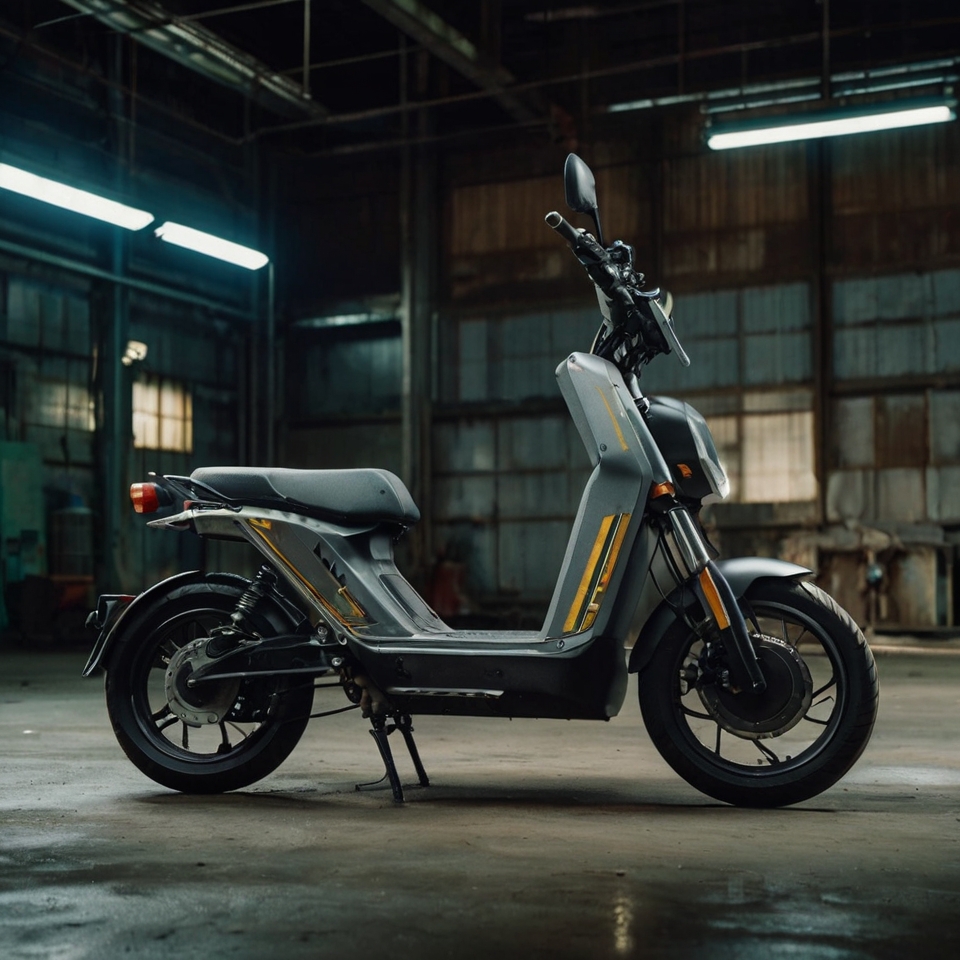The Indonesia Electric Two-Wheeler Market is poised for significant expansion by 2031, driven by a combination of environmental goals, economic factors, and changing consumer preferences. With Indonesia’s urban centers facing rising pollution and congestion, electric two-wheelers are increasingly seen as a viable and eco-friendly mode of transportation.
Factors Driving Market Expansion
Indonesia’s commitment to environmental sustainability is a major force behind the growth of electric two-wheelers. In recent years, the government has announced incentives for electric vehicle (EV) adoption, including tax breaks, subsidies, and investment in charging infrastructure. These measures aim to reduce the country’s carbon footprint and encourage consumers to switch from gasoline-powered to electric alternatives.
Economic factors are also at play. The fluctuating prices of gasoline are prompting consumers to consider electric two-wheelers, which offer lower operating and maintenance costs. Additionally, advances in battery technology are improving the range and affordability of electric bikes, making them a practical alternative for daily commuting.
Technological and Market Trends
Several trends are likely to shape the Indonesia electric two-wheeler market over the next decade. One significant development is the growth of battery-swapping services, which allow riders to replace depleted batteries quickly. This infrastructure is particularly advantageous in densely populated areas, as it reduces downtime and enhances convenience for users.
Companies are actively working to expand battery-swapping networks to support the rising number of electric two-wheelers.
Another trend is the rise of electric vehicle-sharing platforms. With the increasing popularity of shared mobility, several companies have launched electric scooter rental services aimed at urban residents and tourists alike. These services offer an eco-friendly and cost-effective way to navigate crowded city streets and reduce overall vehicle emissions.
Challenges in the Road Ahead
Despite these positive trends, the Indonesia electric two-wheeler market faces some hurdles. Infrastructure development is one of the primary challenges, as the country currently lacks an extensive network of charging stations. While the government has made strides in building this infrastructure, especially in larger cities, rural and remote areas remain underserved.
Another challenge is the initial purchase cost of electric two-wheelers. Although they offer long-term savings, the upfront cost can be a barrier for many consumers. To mitigate this, the government and private companies may need to explore financing options or increase subsidies to make electric two-wheelers more accessible.
Market Outlook for 2031
As Indonesia moves toward its environmental targets, the electric two-wheeler market is expected to grow steadily through 2031. The combination of government support, technological advancements, and increasing public awareness of environmental issues will likely drive adoption. Additionally, continued investment in charging and battery-swapping infrastructure is essential for sustaining this growth.
By fostering partnerships with private companies and implementing supportive policies, Indonesia can lay a strong foundation for an electrified transport system, making electric two-wheelers a common sight across the country’s cities and towns by 2031.
